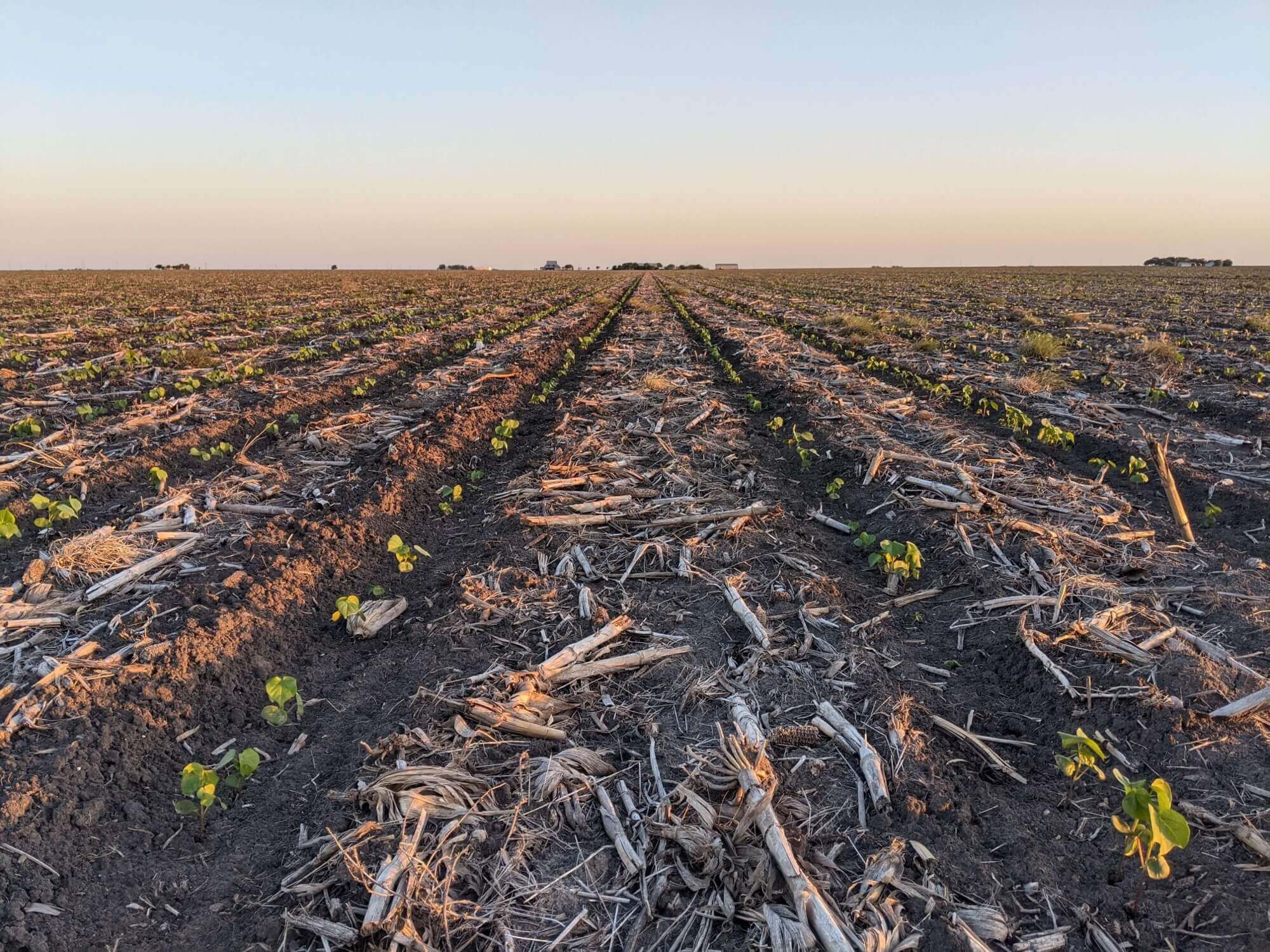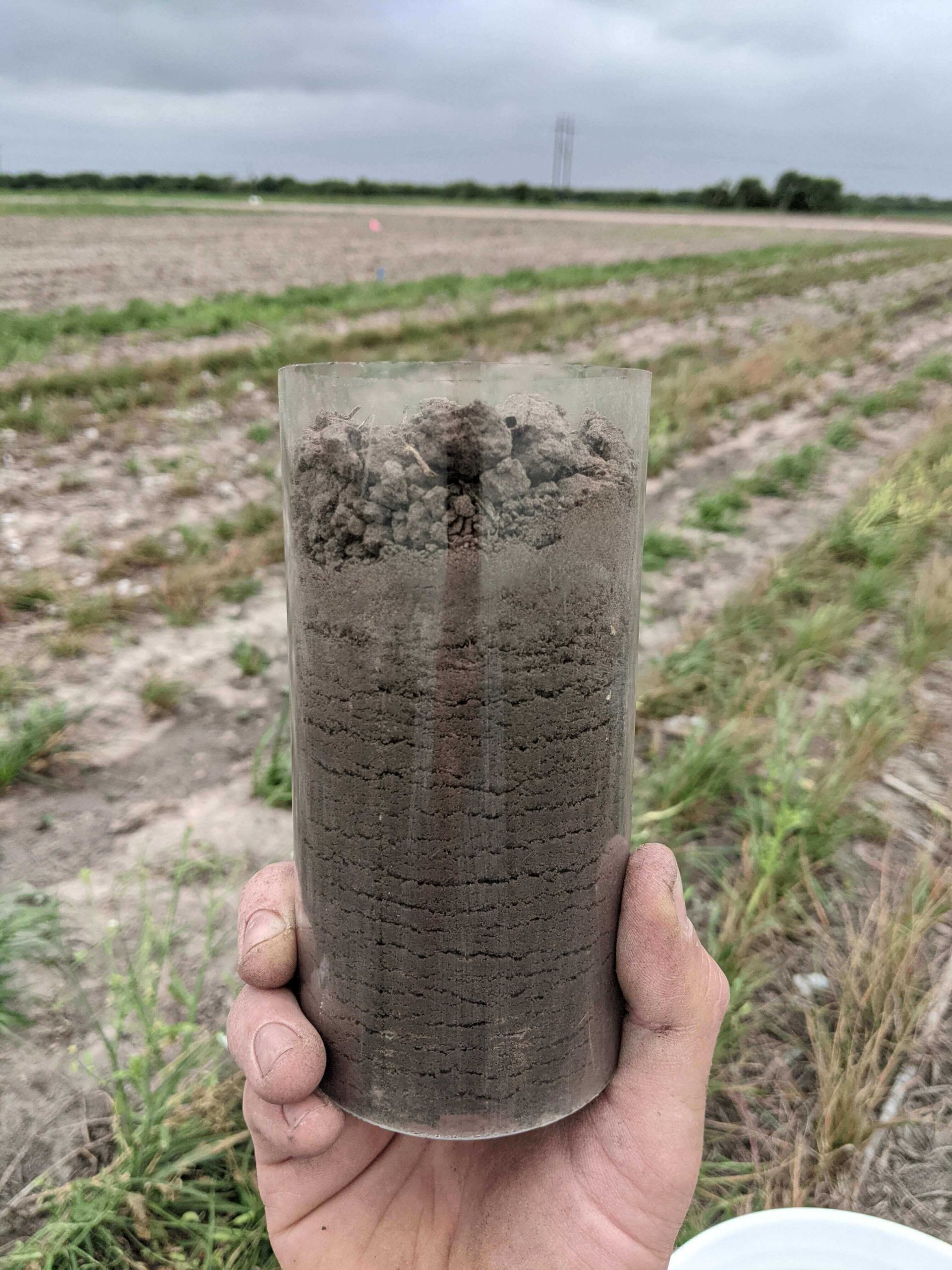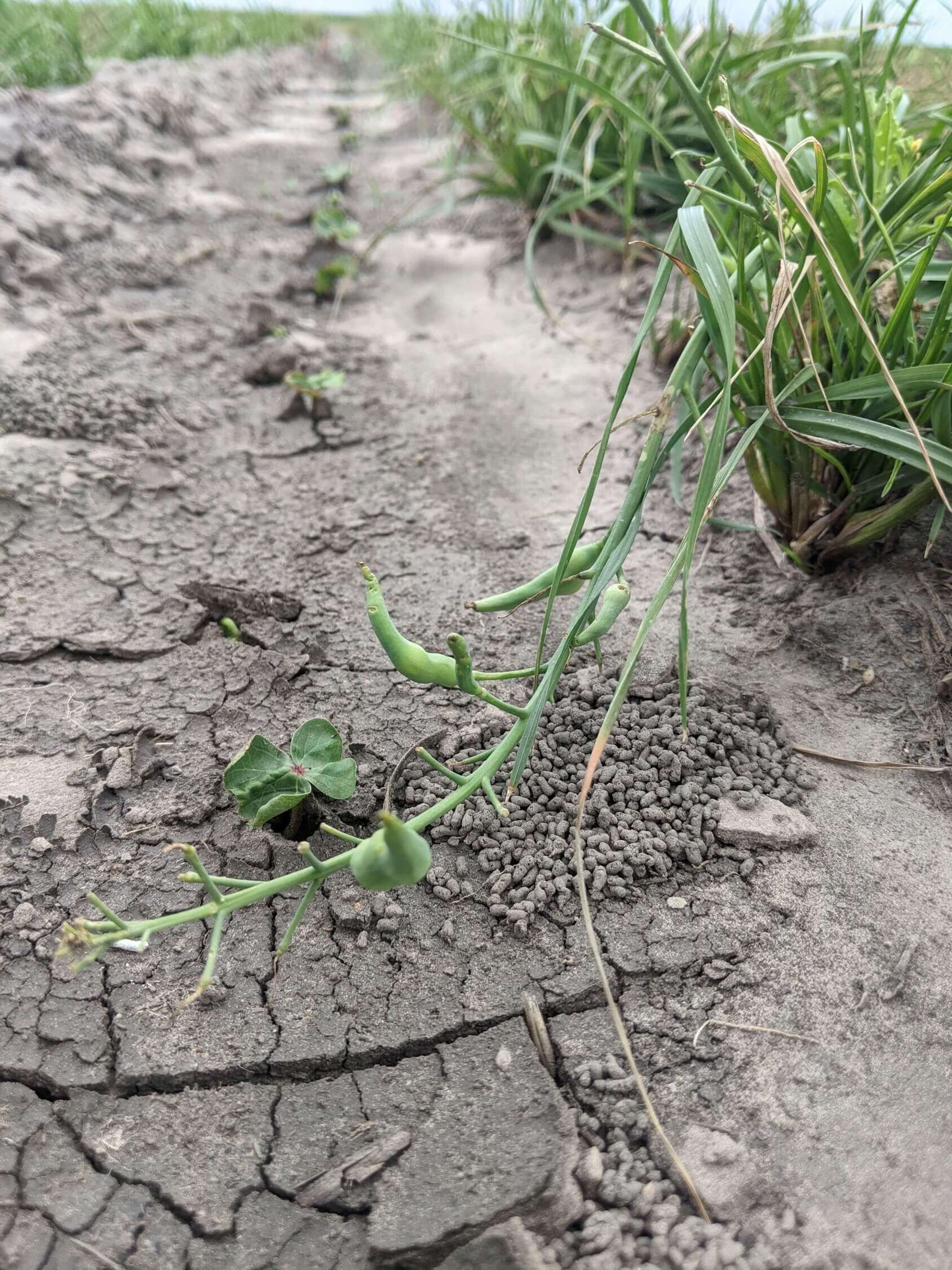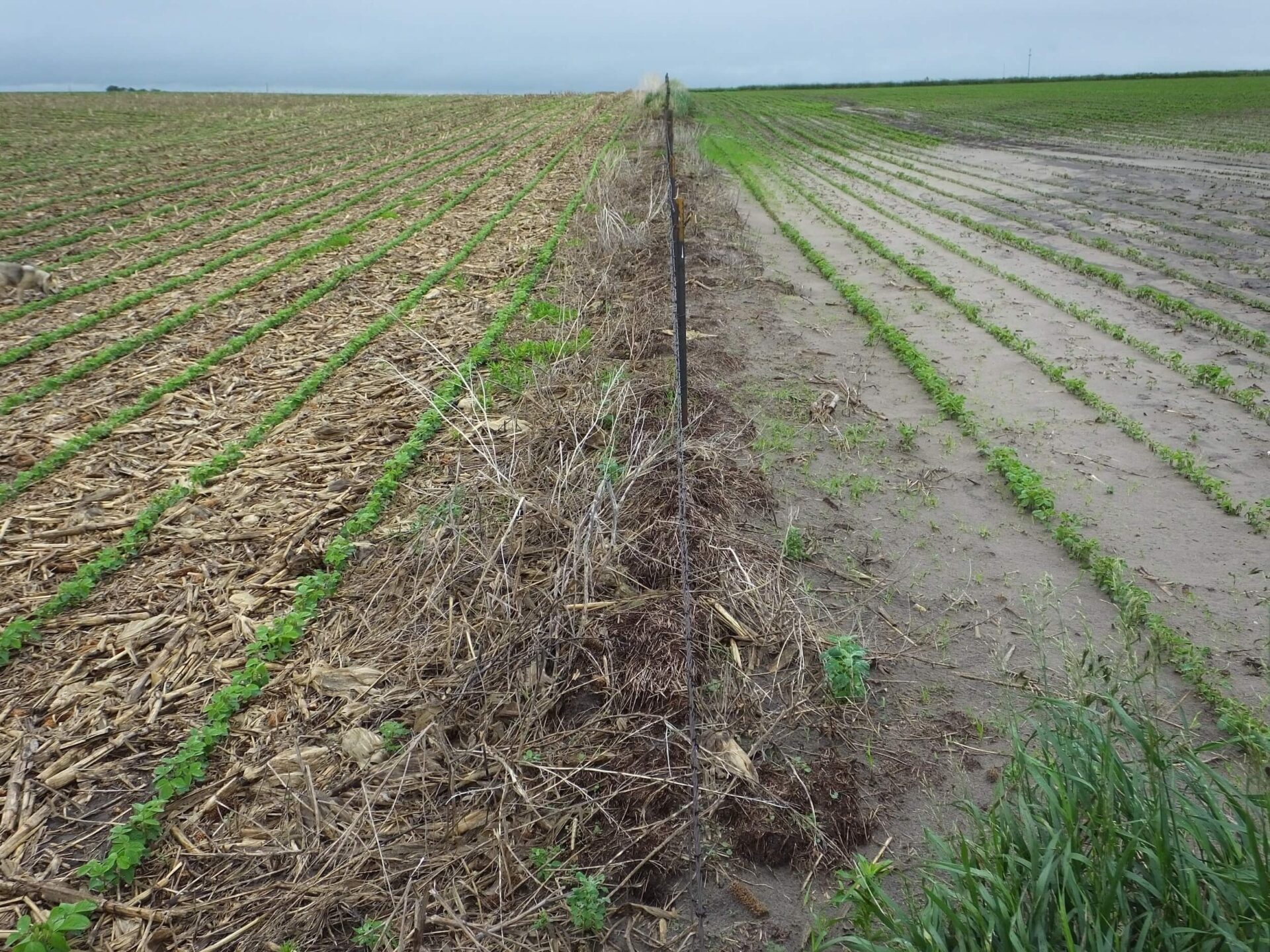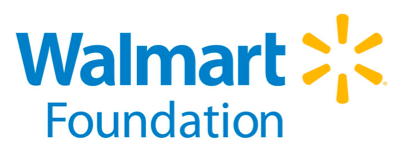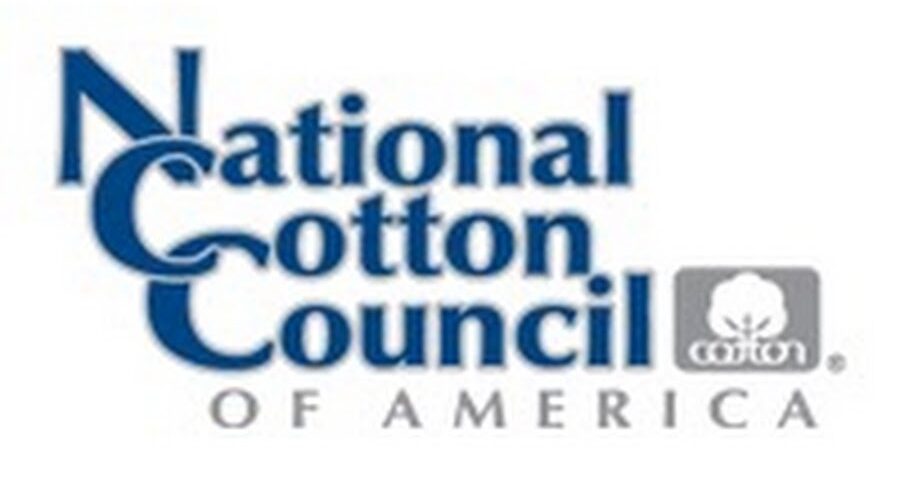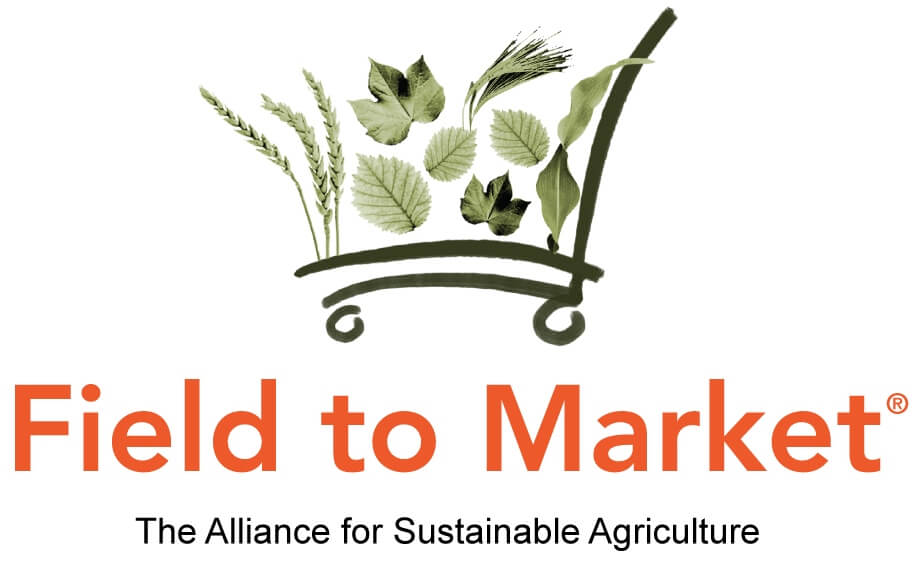SHI is assessing the economics of cotton producers in each state who have been implementing regenerative soil health management systems. This will provide farmers with the information they need when deciding whether to adopt soil health management systems (SHMS). The findings from economic interviews with cotton producers are used to create free, locally relevant fact sheets and webinars.
U.S. Regenerative
Cotton Fund
The U.S. Regenerative Cotton Fund advances the adoption of soil health management systems across the U.S. Cotton Belt to mitigate the effects of climate change, improve cotton producers’ livelihoods, and create a more resilient future for all. Our goal is to draw down one million metric tons of carbon dioxide equivalent from the atmosphere by 2026 through increased adoption of regenerative soil health practices by cotton producers.
USRCF Overview
The U.S. Regenerative Cotton Fund (USRCF) is an initiative of the Soil Health Institute aimed at empowering farmers and their trusted advisors with the tools, information, and networks they need to successfully adopt regenerative soil health management systems. The USRCF credibly measures, models, and assesses the benefits of soil health management system adoption to help farmers and USRCF partners communicate these valuable outcomes to businesses, policymakers, and consumers. The USRCF program is active in Texas, Arkansas, Mississippi, Georgia, North Carolina, South Carolina, Alabama, Missouri, Oklahoma, and California. Collectively, these ten states represent approximately 85% of U.S. cotton production.
Economics
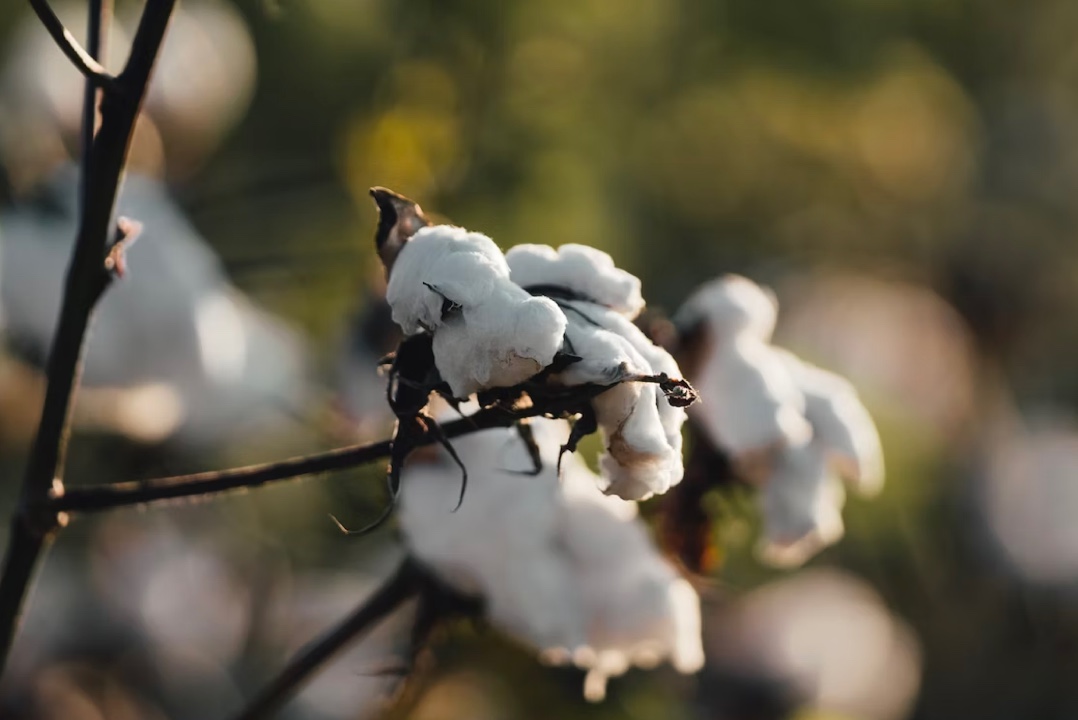
Highlights
Partial budgets published for farmers in Texas, Georgia, North Carolina, South Carolina, and Mississippi
Savings per acre growing cotton using a SHMS
Gain in net income per acre, based on standardized prices, from using a SHMS
Farmers reported additional benefits such as increased resilience to extreme weather and improved access to fields
Farmer Education
Soil health knowledge is local. The U.S. Regenerative Cotton Fund harnesses place-based knowledge to support the adoption of regenerative soil health management systems. Farmers and advisors can learn from experienced SHI Soil Health Educators, Technical Specialists, and Farmer Mentors. Local field days provide opportunities for hands-on learning, and videos document the stories of farmers using soil health management systems.
Locate an SHI Soil Health Educator, Technical Specialist, or Farmer Mentor near you.
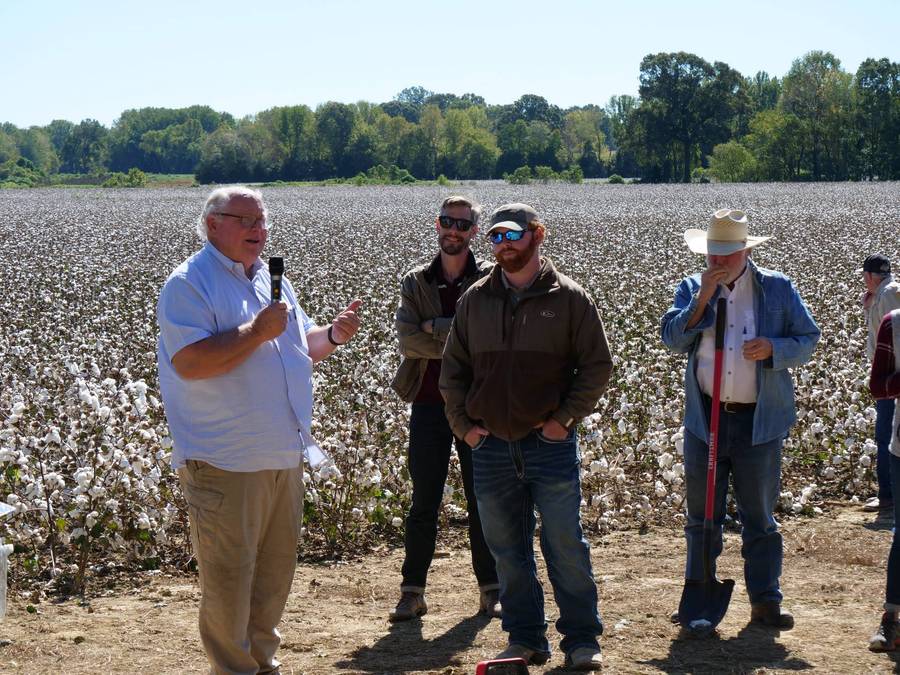
Highlights
Farmers and advisors engaged
Acres represented
Farmer Mentors & Technical Specialists in Alabama, Arkansas, Georgia, Mississippi, North Carolina, South Carolina, Oklahoma, and Texas
Field days and workshops hosted
Soil Health and Carbon Benchmarks
Soil Health Benchmarks enable farmers to establish place-based, measurable goals and manage their soil for optimal soil health and carbon sequestration. USRCF is providing benchmarks that can inform these goals for cotton farmers using SHI’s recommended measurements of soil health. This supports farmers and their advisors in assessing the status of their soils (i.e., establishing baselines) and measures progress towards improving soil health using realistic, locally relevant, science-based Soil Health Benchmarks.
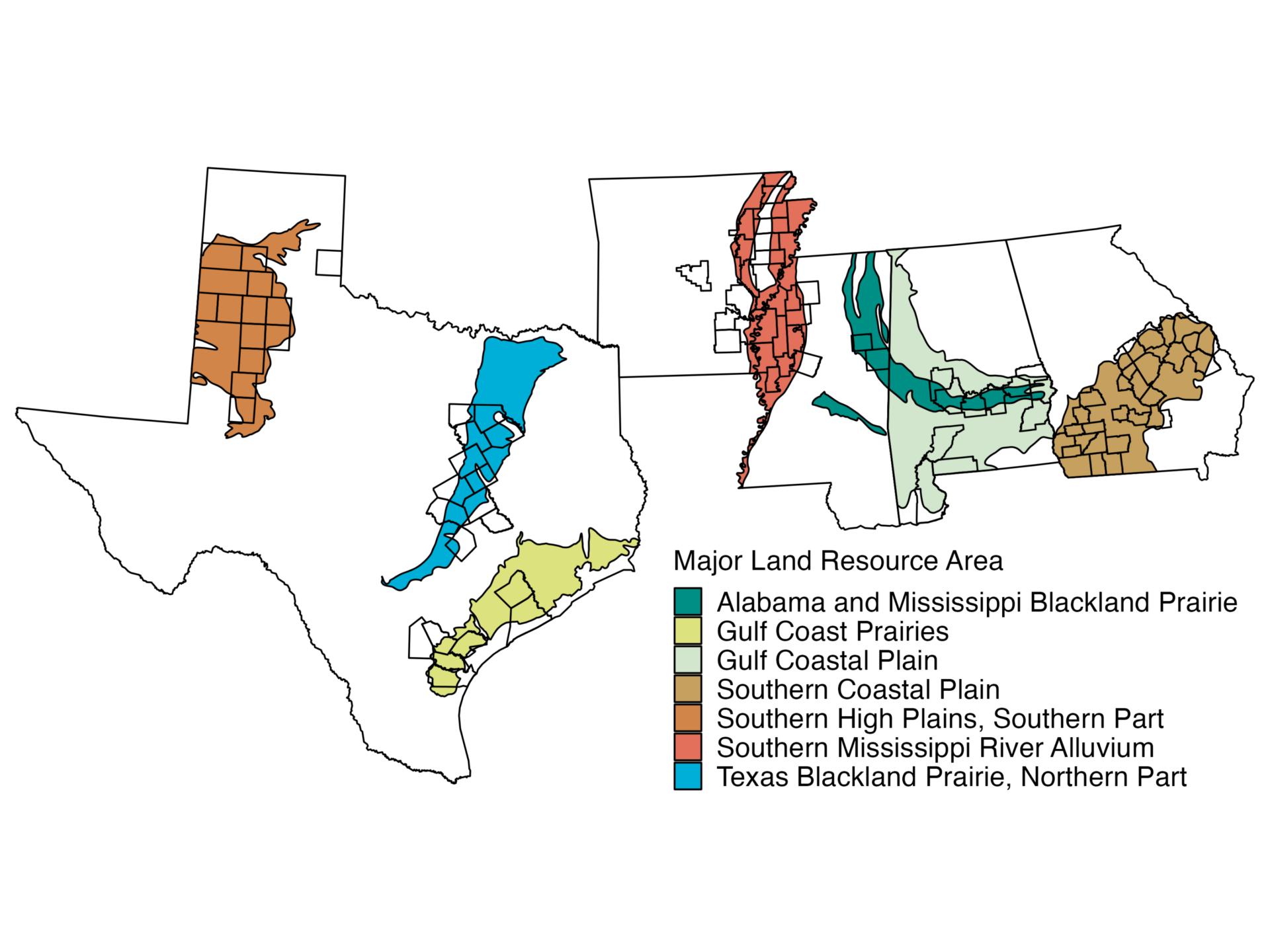
Highlights
Soil samples collected to inform soil health and carbon benchmarks to date
Acres in Texas and Arkansas represented
Personalized soil health reports delivered to cotton farmers and land managers
States being sampled: Alabama, Mississippi, North Carolina, and South Carolina
Creating a Resilient Future
The U.S. Regenerative Cotton Fund supports the SHI Internship program to foster diversity and inclusion, providing access and opportunity to develop careers in decision-making positions in agriculture, specifically in the U.S. and global cotton economy. Through a summer research project, interns gain experience in data analysis, reporting, and project development; and have the opportunity to attend conferences of interest with the SHI team.
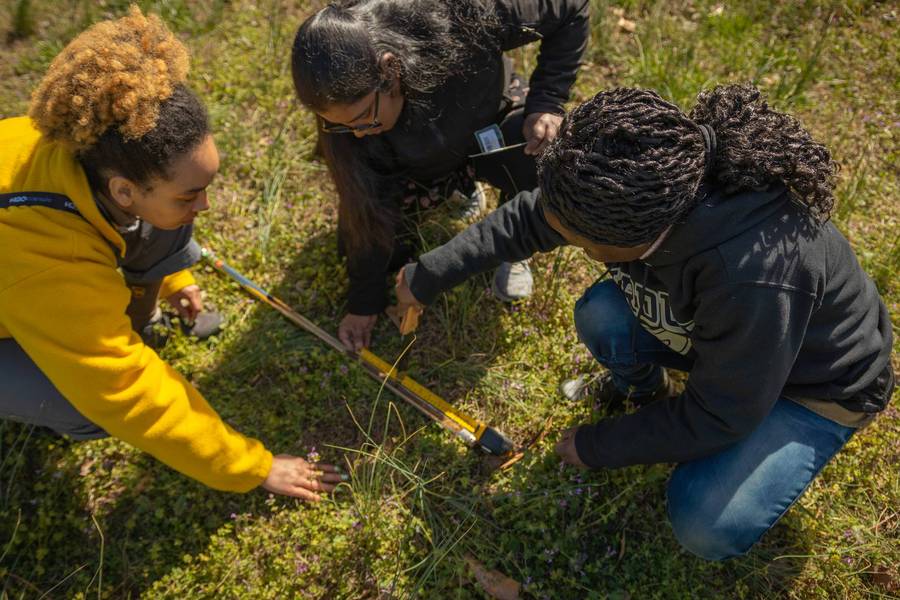
Highlights
Internships with students from Tuskegee, Alcorn State, Pine Bluff, Prairie View A&M, Fort Valley State, and North Carolina Agricultural and Technical State Universities
Frequently Asked Questions
Soil is essential to all human life on earth. It nourishes and provides support for the livelihood of more than 7 billion people, benefits our water and wildlife, serves important roles in both climate change mitigation and adaptation, is a source of biodiversity, and provides many other benefits.
Yet, in the last century, soils have lost 40-60% of the basic building block that makes them productive (organic matter). Greenhouse gas emissions have reached the highest level ever recorded and are continuing to increase. Drought is expected to increase from impacting 1% of the world’s arable land to over 30% by the end of the century due to climate change. Approximately 80% of our nation’s rivers and streams are currently impaired due to nutrient runoff and other contaminants.
We are at a critical juncture in human history where we must address these challenges by transforming agriculture, and soil health is the framework to do just that.
That is why the Soil Health Institute (SHI) established the U.S. Regenerative Cotton Fund (USRCF) with financial support from the Ralph Lauren Corporate Foundation, Walmart Foundation, VF Foundation, Levi Strauss & Co, Hearst Foundations, and Cotton Incorporated. This Fund brings together a diverse group of partner organizations, growers, advisors, landowners, conservationists, soil scientists, agronomists, educators, business leaders, philanthropies, and influential individuals who share a common belief that, together, through soil health, we can support growers with the resources, networks, tools, and knowledge they need to tackle the barriers they face when transitioning to regenerative soil health systems.
Soil health is the foundation of regenerative agriculture and, according to one study, is the most-cited outcome of regenerative agriculture in the scientific literature. When growers improve soil health they are regenerating the capacity of the soil to function. Regenerative soil health systems address issues important for consumers and the environment, such as climate change, water quality, and pollinator habitat. Growers are increasingly challenged to grow crops in uncertain weather patterns, ranging from extreme drought to flooding, and these extreme weather patterns are predicted to get much worse. Improving soil health can help growers address these issues. However, less than 10% of U.S. cropland used for cotton production is managed using the basic soil health practice of cover cropping.
Adoption of regenerative soil health systems is hindered by lack of information on the business case, locally relevant soil health training, and until now, knowledge of how healthy a soil can become and what that means for profitability, drought resilience, yield stability, improved nutrient cycling and other benefits for growers.
The USRCF is a national initiative established and led by the Soil Health Institute (SHI). With its mission of safeguarding and enhancing the vitality and productivity of soils, SHI serves as the objective, science-based, non-profit organization responsible for assisting cotton growers with adopting regenerative soil health systems and measuring their environmental and economic outcomes for growers, consumers, businesses, and policymakers
The Fund’s goal is to drawdown CO2e from the atmosphere through regenerative soil health systems by sequestering atmospheric carbon into soil carbon. Soil health systems—through improved nutrient cycling and nutrient management—can also reduce emissions of nitrous oxide, a potent greenhouse gas; however, that is not accounted for in the USRCF’s goal.
The Soil Health Institute (SHI) sees opportunities that would allow cotton growers to measure and report their soil health improvements in the U.S. Cotton Trust Protocol. Consequently, SHI is committed to working synergistically with the U.S. Cotton Trust Protocol to bring those benefits to growers and the U.S. cotton industry.
No, the Soil Health Institute (SHI) is focused on supporting growers with adopting regenerative soil health systems, and while that does include quantifying the benefits to growers and the environment, SHI does not issue carbon credits.
The Soil Health Institute (SHI) partners with Farmer Mentors (FMs) and Technical Specialists (TSs) to offer tailored agronomic support for cotton growers in specific regions. Facilitated by SHI Soil Health Educators, this comprehensive support system provides valuable learning opportunities for new adopters to benefit from insights shared by local growers (FMs) who have effectively implemented regenerative practices, along with direct access to localized technical assistance (TSs) for guidance. Field days and workshops organized by SHI leverage the combined expertise of FMs and TSs and are strategically designed to disseminate the most pertinent and locally relevant information to cotton growers.
If you, or someone you know is interested in serving as an SHI FM or TS, please reach out to jkelton@soilhealthinstitute.org.
A cover crop is a crop that is planted between successive cash crops to improve soil health, suppress diseases, reduce erosion, and add nutrients. Cover crops provide other conservation benefits by keeping a living root in the soil and the soil surface covered. By contrast, a cash crop is a crop that is planted to be harvested and sold such as cotton, corn, soybean, wheat, or others.
The Soil Health Institute (SHI) is establishing Soil Health and Carbon Benchmarks which are place-based, measurable goals that allow growers and their trusted advisors to assess the health of their soil. These Benchmarks use the SHI’s minimum suite of soil health indicators to inform realistic, locally relevant, science-based goals. As of February 2024, over 2 million acres of cotton production have had benchmarks established for them and 89 farmers have received personalized farmer reports.
According to the most recent USDA Census of Agriculture cotton was produced on approximately 11M acres in the United States in 2022. Because cotton is rotated with other crops, SHI estimates that there are ~20M acres of soil that are used to grow cotton in the United States.
The Soil Health Institute estimates that approximately 4M acres are currently using some form of regenerative practice, specifically cover crops and no-tillage.
The Soil Health Institute will use a variety of methods to quantify progress, including soil measurement, modeling, the USDA National Agricultural Statistics Service data, and farmer surveys.
Impacts of adopting regenerative soil health systems will be assessed on participating growers’ soils by measuring such attributes as soil organic carbon, bulk density, aggregate stability, total nitrogen, soil microbial respiration, plant-available water, and other parameters that will assist in establishing baseline levels and monitoring improvements in soil health. These measurements will be shared with growers in personalized soil health reports to inform management decisions.
Furthermore, the Soil Health Institute is partnering with the Trust In Food (TIF) to deploy a Readiness Index Assessment across U.S. cotton growing soils to better understand the impact of our work and the work of our partners. This Assessment will provide a baseline to measure future readiness to adopt regenerative agriculture practices and enable SHI to better understand barriers to adoption on a regional scale.
As part of the USRCF, the Soil Health Institute (SHI) is completing partial budget analyses with cotton growers to determine their economic experiences with adopting soil health systems. We expect this to provide key information important to growers. As of February 2024, SHI has completed fact sheets for Texas, Georgia, and across the cotton belt.
The USRCF’s Diversity, Equity, and Inclusion initiative is designed to provide internships to students at Historically Black Colleges and Universities (HBCUs). The goal of these internships is to engender greater diversity and inclusion by providing opportunities for students to develop and enhance scientific careers in decision-making positions in U.S. agriculture, specifically in emerging fields of soil health and regenerative agriculture.
The USRCF is active in Texas, Arkansas, Mississippi, Georgia, Alabama, Oklahoma, North Carolina, and South Carolina. The program will expand into Missouri and California. Collectively these 10 states represent approximately 85% of U.S. cotton production.
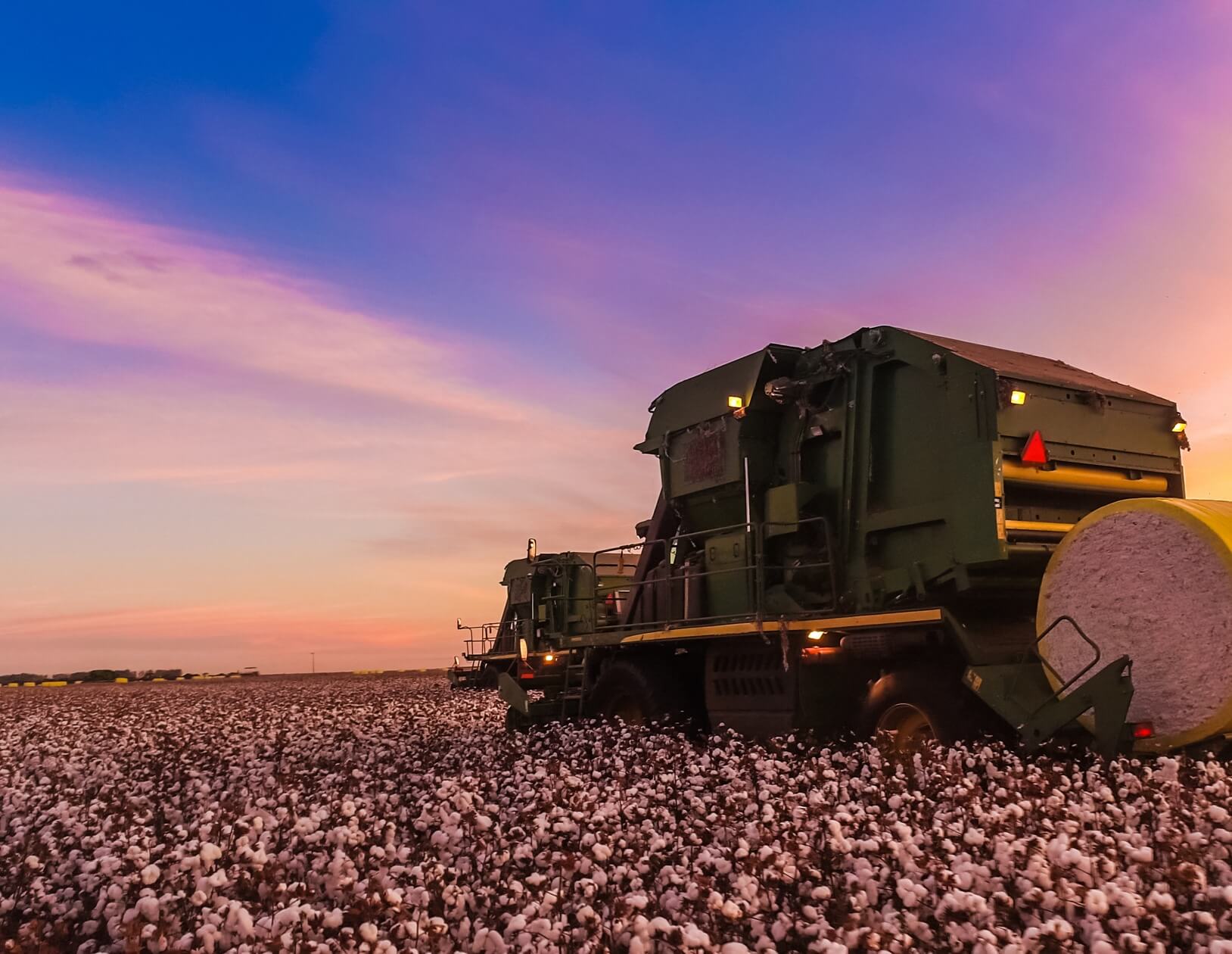
Connect with SHI About Soil Sampling
Are you a farmer in Alabama, Mississippi, North Carolina, South Carolina, Oklahoma, California, or Missouri? Would you like to participate in our free soil health study? If so, sign up below. Soil Health Institute employees will contact you for possible soil sampling of your row crop fields and/or pastures. SHI will not share your personal information.





